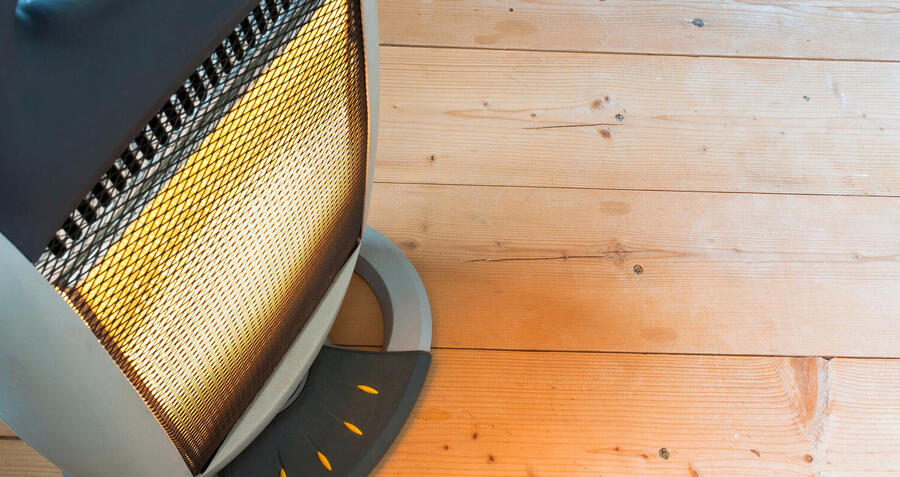Choosing the perfect heating system for your home can be stressful.
Heating and cooling can make up approximately 40 per cent of your energy bills, so it’s an important decision. Thinking about whether you want to heat your home, a room or yourself, will narrow down your heating system choices. Whether you go with gas or electric heating, and if you want a system that heats, cools or does both, will also affect the type of heating system you choose.
Split system
Split systems are a popular choice in many homes, as they can both heat and cool. The system takes air from within the room and draws it into the condenser where refrigerants are used to heat the air blown back into the room.
The cost of a split system varies depending on the size and type needed. Efficiency also varies widely between units and models.
Pros:
- Quiet
- Suitable for allergies
- Different systems are optimised for a single room or the whole of the house
- Also cools the home
Gas ducted heating
This is a gas-fuelled heating system that delivers heat to multiple rooms. In Australia’s southern states, it’s the most common way to heat the whole home.
Gas ducted heating uses a furnace fuelled by natural gas or LPG. Air is drawn into the furnace by a fan and passed over a heat exchanger to warm it, before ducting distributes the heated air around your house through outlets in the floor or ceiling. An air vent returns air to the furnace and the cycle begins again.
Ducting is usually laid above the ceiling or under the floor, but on rare occasions it can also be placed in other cavities, like walls.
Pros:
- Energy-efficient.
- Requires minimal maintenance.
- Uses natural gas or LPG.
- Safe for children.
- Suitable for allergies.
- Possible to add a cooling unit.
Gas space heater
Gas space heaters work by passing cold air over a heat exchanger, which is warmed by gas combustion. The warmed air then travels through the vents to heat your home. A thermostat inside the heater detects the temperature inside the room and sends a signal to the heater to turn it on, off, or turn the temperature up or down.
Efficiency and costs vary widely.
Pros:
- Top-of-the-range units have a six-star efficiency rating.
- Low greenhouse gas emissions.
- Mid-range cost.
Whichever heating system you choose, make sure you're combining it with the best deal on your electricity and gas plan.




